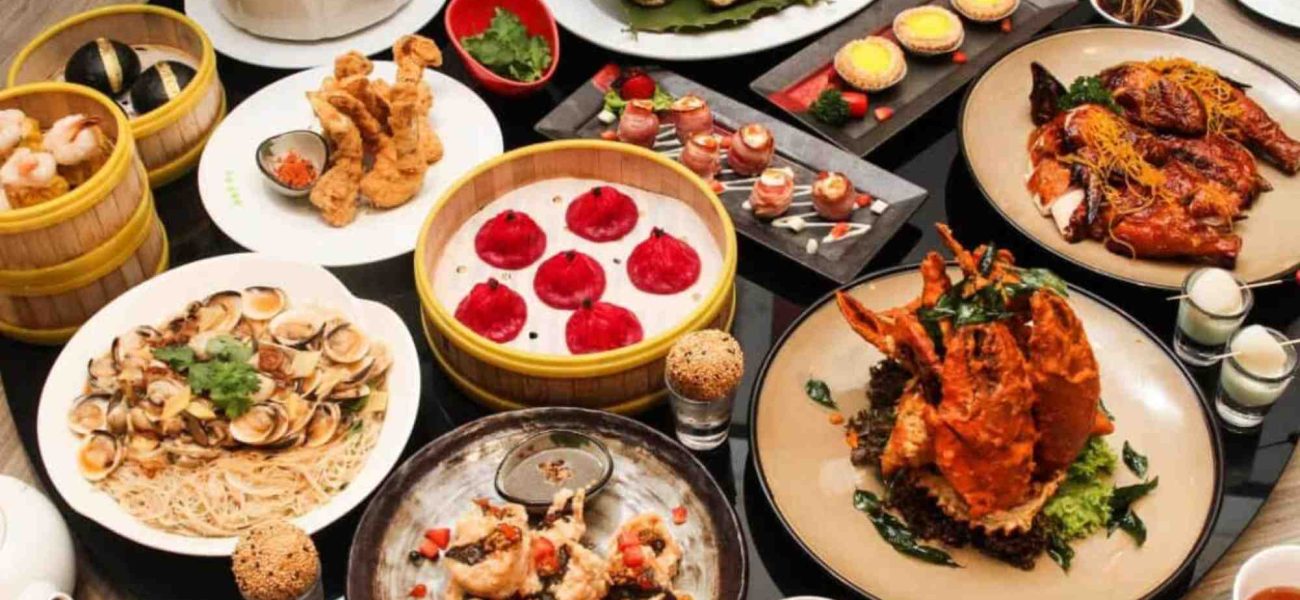Introduction
Chinese cuisine is one of the most diverse and rich culinary traditions in the world. Its variety stems not only from centuries of culinary evolution but also from the distinct characteristics of each province. Every Chinese province contributes its own flavors, ingredients, and cooking styles, resulting in a remarkable array of dishes that influence both local and international Chinese restaurant menus. Understanding how different Chinese provinces influence restaurant menus provides insight into regional diversity and helps diners appreciate the roots of their favorite dishes.
How Different Chinese Provinces Influence Restaurant Menus
Chinese restaurant menus are shaped by provincial influences through unique ingredients, cooking techniques, and flavor profiles. For instance, Sichuan is known for its bold, spicy dishes; Guangdong for delicate dim sum and seafood; and Shandong for hearty, wheat-based meals. These regional preferences guide restaurant offerings, ensuring authenticity and variety in the dining experience.
The Culinary Roots of Chinese Cuisine: Province by Province
China’s geography plays a critical role in culinary development. From the spicy inland regions to the coastal areas rich in seafood, each province has its own take on what makes a dish truly flavorful. Here are some key provinces that shape the global Chinese dining experience:
Sichuan (Szechuan): The Kingdom of Spice
Sichuan cuisine is perhaps the most globally recognized due to its intense heat and bold flavors. Dishes often feature Sichuan peppercorns, chili oil, garlic, and fermented sauces. Staples like Kung Pao Chicken and Mapo Tofu have become staples in many international menus, thanks to the province’s love for spice and numbing sensations.
Guangdong (Cantonese): Delicate and Diverse
Cantonese cuisine, hailing from Guangdong, is known for its subtle flavors and emphasis on freshness. Dim sum, roasted meats, and seafood dishes dominate the scene. Light stir-frying and steaming are popular techniques, and dishes like Sweet and Sour Pork and Char Siu reflect the province’s culinary identity.
Shandong: Hearty and Wheat-Based
Shandong cuisine favors hearty meals made with wheat-based ingredients like noodles and dumplings. Braising, roasting, and stir-frying are commonly used. Seafood also plays a big role, and dishes such as Braised Abalone and Shandong Dumplings are menu highlights in northern Chinese restaurants.
Jiangsu: Sweet and Sophisticated
Jiangsu cuisine is known for its slightly sweet taste and elegant presentation. Soups and braised dishes with rich sauces are staples. Techniques like stewing and simmering are preferred, and dishes such as Lion’s Head Meatballs showcase this refined cuisine’s influence.
Hunan: Hotter Than Sichuan
Hunan cuisine is another spicy contender, but it relies more on fresh chili peppers than Sichuan’s peppercorns. The result is a more direct, fiery heat. Dishes like Chairman Mao’s Red Braised Pork have gained fame both domestically and abroad.
How Regional Cuisines Influence Menu Planning
Restaurant owners often design their menus to reflect regional Chinese tastes. Depending on their location and customer base, they may feature a single provincial cuisine or a fusion of several. For instance, in the West, many Chinese restaurants blend Cantonese and Sichuan styles to cater to diverse preferences. Menu choices are often driven by factors such as ingredient availability, chef expertise, and local demand.
Additionally, regional dishes may be adapted to suit local tastes without losing their essence. A classic example is modifying spice levels or introducing familiar ingredients to appeal to a broader audience. This delicate balance helps maintain authenticity while ensuring wide appeal.
For more insight into operational decisions restaurant owners make, check out How restaurant owners decide their weekly off days to understand how cultural and logistical factors shape business strategies.
How Restaurants Select Regional Dishes for Their Menus
Creating a Chinese restaurant menu that reflects diverse provincial influences is a process that requires strategy and cultural knowledge. Here’s a step-by-step guide many restaurateurs follow:
Market Research
Understand the local customer base. Do they prefer spicy food, seafood, or milder flavors? This will guide which provincial cuisine to highlight.
Chef’s Expertise
A chef trained in a specific regional cuisine is more likely to deliver authentic flavors. Their background often shapes the menu direction.
Ingredient Sourcing
Certain ingredients specific to provinces like Sichuan peppercorns or Cantonese roast sauces must be sourced reliably to maintain authenticity.
Menu Testing
Restaurants often test dishes before permanently adding them to the menu. Customer feedback helps refine flavors and presentation.
Menu Design and Marketing
Highlight regional specialties, using imagery and descriptions that educate customers about the dish’s origin. This enhances the dining experience and builds loyalty.
How Different Chinese Provinces Influence Restaurant Menus
Here’s a quick look at the key provincial influences:
- Sichuan: Spicy, bold flavors, use of peppercorns and chili.
- Guangdong (Cantonese): Mild, fresh seafood, dim sum culture.
- Shandong: Wheat-based dishes, hearty and rich meals.
- Jiangsu: Slightly sweet, elegant, soup and braised dishes.
- Hunan: Very spicy, fresh chilies, robust flavors.
Visual Insights: The Diversity of Chinese Cuisine
A comparison image showing five regional dishes labeled by province (Sichuan, Guangdong, Shandong, Jiangsu, Hunan)
A step-by-step infographic of how restaurants decide their menu based on provincial influences
A map of China with highlighted culinary regions and their specialty dishes
FAQs About Chinese Provincial Cuisine and Menus
Q1: Why do Chinese restaurant menus vary so much between locations?
Menus vary due to the influence of different provinces, chef expertise, and local customer preferences.
Q2: Which province’s cuisine is most commonly found in international Chinese restaurants?
Cantonese cuisine is the most widespread due to its mild flavors and appeal to a broad audience.
Q3: Are dishes from Sichuan and Hunan equally spicy?
Both are spicy, but Hunan cuisine uses fresh chilies for heat, while Sichuan uses both chili and peppercorn for a numbing spice.
Q4: How do restaurants ensure authenticity in regional dishes?
By sourcing authentic ingredients, employing skilled chefs, and maintaining traditional cooking methods.
Q5: Where can I learn more about restaurant strategies and services in Dubai?
Visit Hatch My Ride for insights into restaurant trends, SEO, and marketing strategies in Dubai.
Understanding how different Chinese provinces influence restaurant menus opens up a world of culinary appreciation. Whether you’re dining on a fiery Sichuan dish or enjoying delicate Cantonese dim sum, the provincial roots run deep. This diversity ensures that every meal offers a taste of China’s rich cultural tapestry. For restaurant owners, embracing this variety helps in menu design, customer engagement, and authenticity, leading to a more enriched dining experience.




